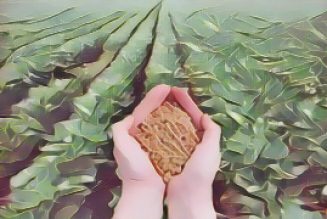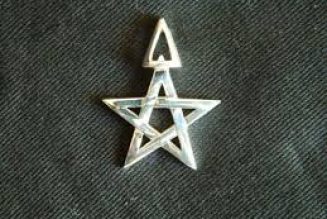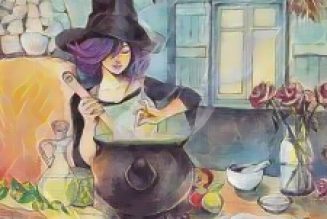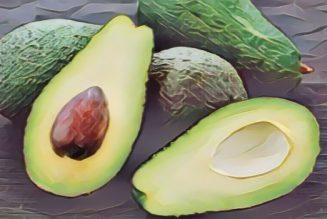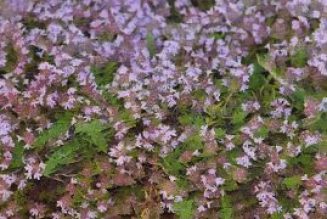Blackthorn, or Prunus spinosa, is a hardy, deciduous shrub native to Europe, western Asia, and parts of northwest Africa. It is easily recognized by its dense, tangled branches armed with long, sharp thorns, and its small, oval leaves with finely serrated edges. In early spring, before the leaves emerge, Blackthorn bursts into a profusion of delicate, five-petaled white flowers, creating a striking contrast against the dark, bare wood. By autumn, these blossoms give way to sloe berries—small, round, and deep blue-black, covered in a powdery bloom.
Blackthorn thrives in hedgerows, woodland edges, and scrubland, often forming impenetrable thickets that provide shelter for birds and small animals. Its tough, spiny branches have long been used to mark boundaries and protect property.
Historically, Blackthorn has played a significant role in rural life. The sloe berries are famously used to make sloe gin, jams, and preserves, though they are astringent and sour when raw. The dense wood is prized for making walking sticks, cudgels, and traditional Irish shillelaghs, valued for its strength and durability.
In folklore, Blackthorn is a plant of mystery and magic. It is often associated with protection, boundaries, and the darker aspects of the natural world. In Celtic tradition, Blackthorn is linked to the Crone aspect of the Triple Goddess and is considered a guardian of the threshold between worlds. Its thorns were believed to ward off evil spirits, and its wood was used in protective charms and wands.
Magically, Blackthorn is used for banishing, protection, and breaking curses. Its thorns can be employed in rituals to repel negativity or to create a magical barrier. The sloe berries are sometimes used in potions or as offerings to spirits. Blackthorn’s energy is powerful, fierce, and transformative, making it a potent ally for those seeking to defend themselves or to navigate the shadowy realms of witchcraft.
In various magical traditions, Blackthorn is revered for its protective qualities. In Wicca, it is often used in rituals to create sacred space and to ward off malevolent forces. The thorns can be used in poppets or witch bottles to protect against curses and hexes. In Hoodoo, Blackthorn wood is sometimes carved into protective amulets or used in mojo bags for its defensive properties.
Specific rituals involving Blackthorn include the creation of a protective circle by laying its branches around the perimeter. This is believed to create a barrier that negative entities cannot cross. Another common practice is to use Blackthorn thorns in banishing spells, where they are symbolically used to ‘pierce’ and dispel unwanted energies or influences.
The deeper symbolism of Blackthorn in folklore and witchcraft is rich and complex. It is often seen as a symbol of the dark side of nature, representing the challenges and trials one must face. Its thorns are a reminder of the pain and difficulty that can accompany growth and transformation. Yet, its blossoms and berries also symbolize the rewards that come from enduring these trials.
Contemporary practitioners continue to find value in Blackthorn for its unique attributes. Its wood is still used to craft wands and staffs, which are believed to channel its protective and transformative energies. The berries, when used in potions, are thought to enhance one’s ability to see through illusions and to connect with the spirit world.
Whether used in historical or modern contexts, Blackthorn remains a powerful tool in the magical arsenal. Its ability to protect, banish, and transform makes it an invaluable ally for witches and magicians alike. By understanding and harnessing the properties of Blackthorn, practitioners can navigate the complexities of the magical world with greater confidence and efficacy.
















